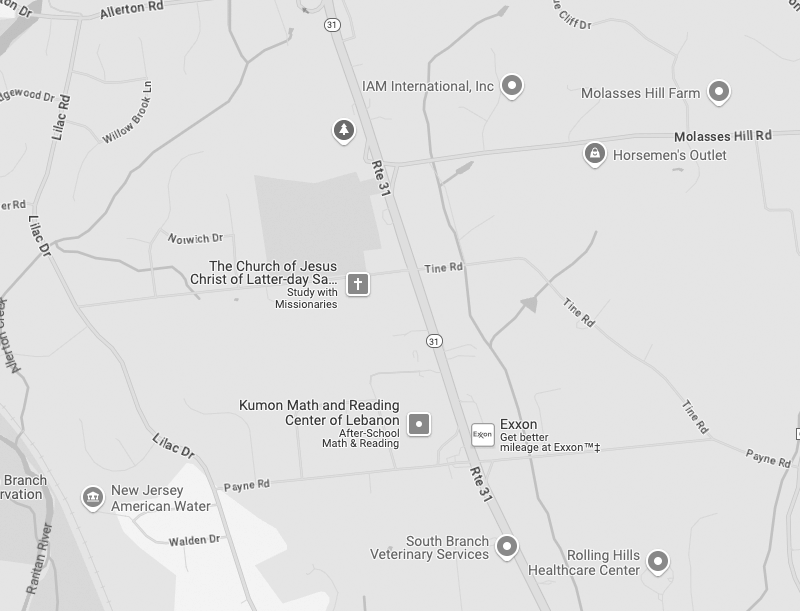August 7th, 2018
Sure, you brush your teeth and floss regularly, so you might think you’re off the hook when it comes to the dental chair. However, it’s just as important for adults to get regular dental exams as it is for kids. Cavities are common among adults, with 92% of people aged 18 to 64 having had…
Continue Reading
July 31st, 2018
There are certainly situations when going to an emergency room is the best response for your problem. A severe injury to your mouth, jaw, or face would qualify. However, when it comes to long-term solutions for other dental problems, an emergency room visit may fall short. If you suffer from a major toothache, cavity, a…
Continue Reading
July 24th, 2018
There are a few dental treatments that Dr. DeCasperis and our team recommend for all patients to get if they wish to protect their oral health. Sometimes it’s hard for patients to decide which treatment plan would be best for their teeth. Learn about these three must-have treatments and how they can help protect your…
Continue Reading
July 17th, 2018
Have you ever noticed your attention being instantly drawn to peoples’ teeth when they smile at you? Some people have dull and yellowing teeth, while others have teeth that appear bright white. Everyone’s teeth naturally dull over time because of aging and the contact your teeth have with staining foods, such as chocolate and coffee.…
Continue Reading
